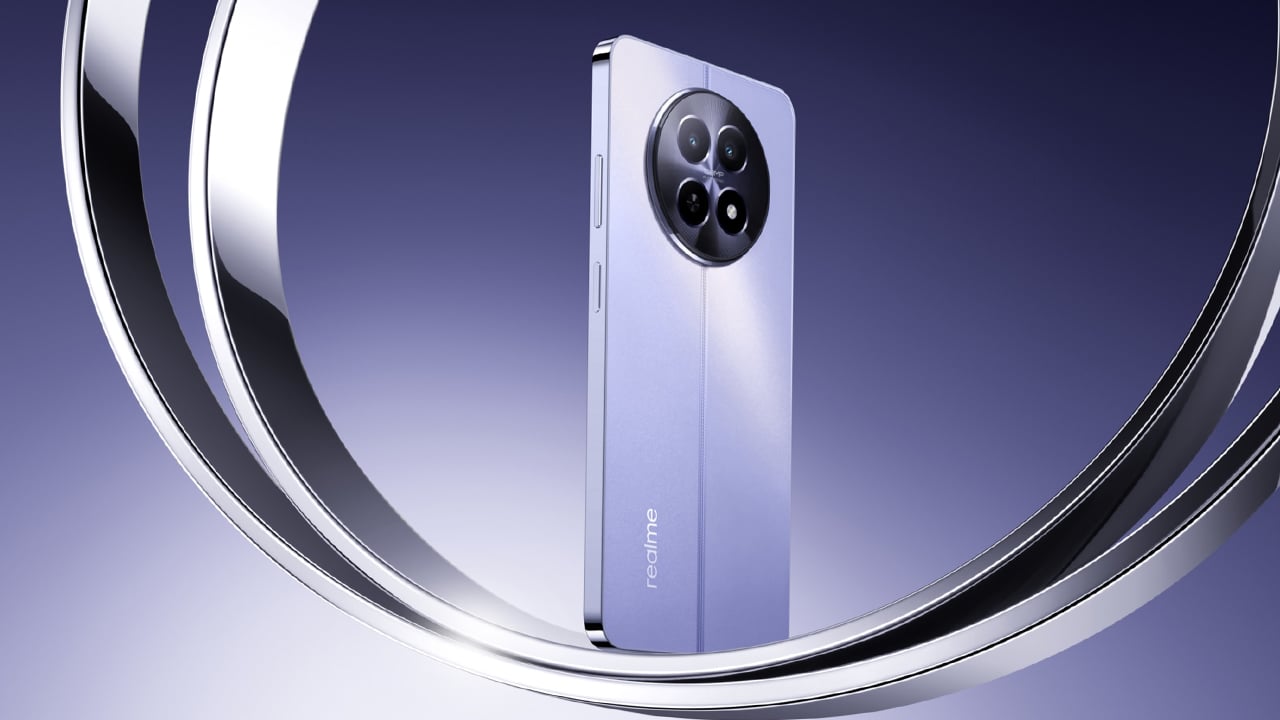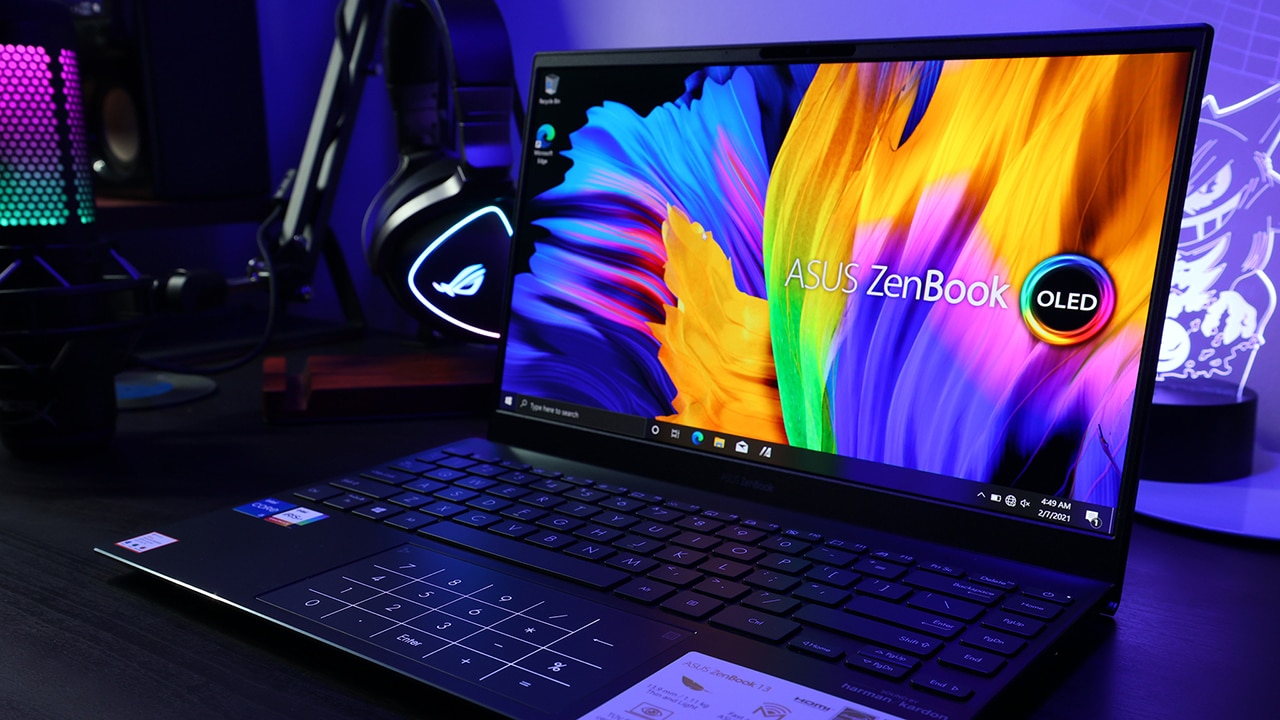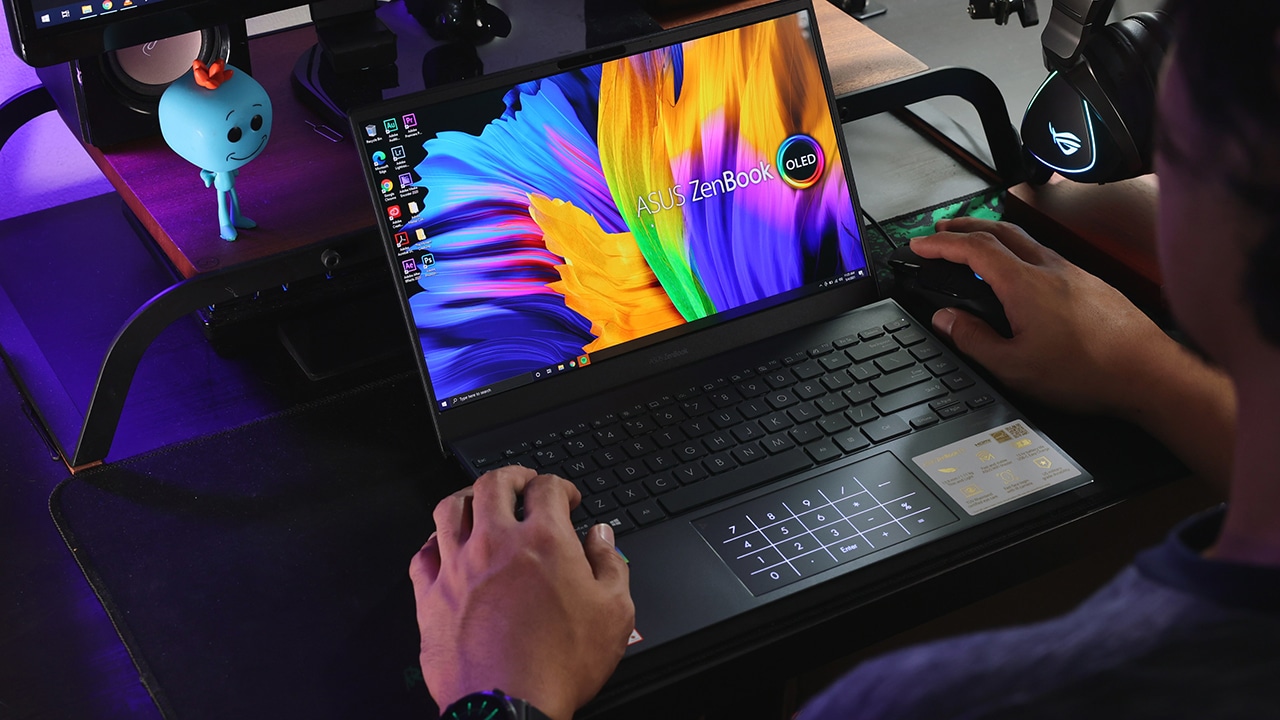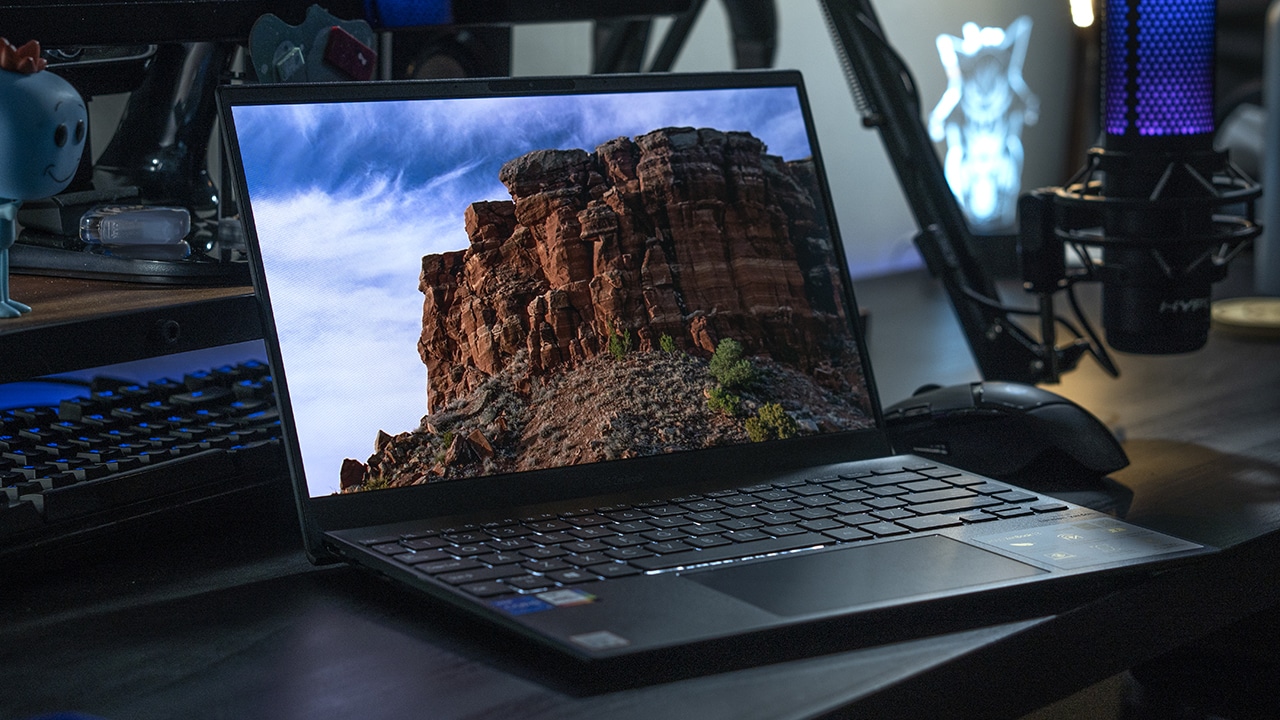LG Philippines has finally launched one of their most eagerly awaited air solution products in the country. In a recent installment of the South Korean technology giant’s popular livestream event, long-time LG Brand Ambassador James Deakin hosted the launch that was simulcast through Lazada and Facebook.
The self-purifying mask, which was introduced and went viral a year ago, is one of the most coveted techwear pieces worldwide. The PuriCare Wearable Air Purifier, together with its case, is offered alongside LG’s line of air conditioners which also feature UVnano technology.
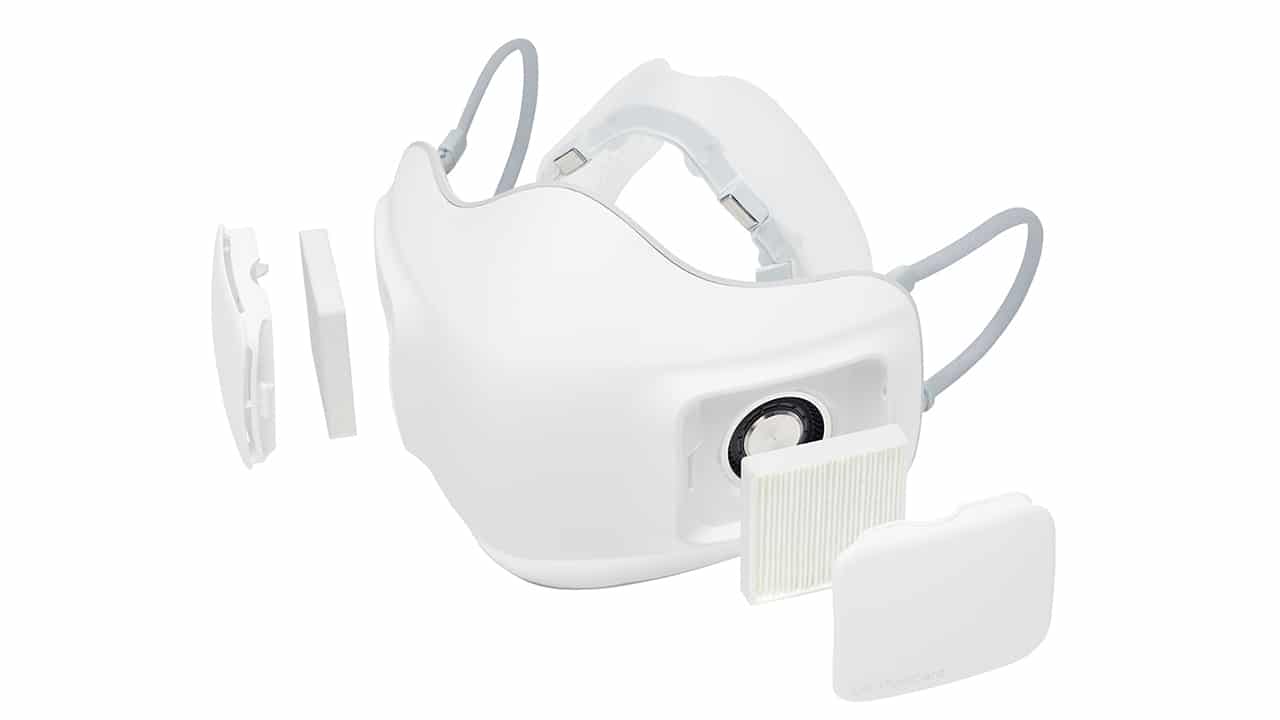
UVnano is LG’s newest innovation that revolutionizes personal protection. This technology uses ultraviolet light to eliminate up to 99.9% of bacteria. The PuriCare Wearable Air Purifier’s charging case uses UVnano to clean the mask while it’s charging, while the new air conditioners use ultraviolet light to sterilize the fan to prevent 99.99% of germs from adhering to its surface. This process makes the air blown through the unit that much purer, safer, and fresher.
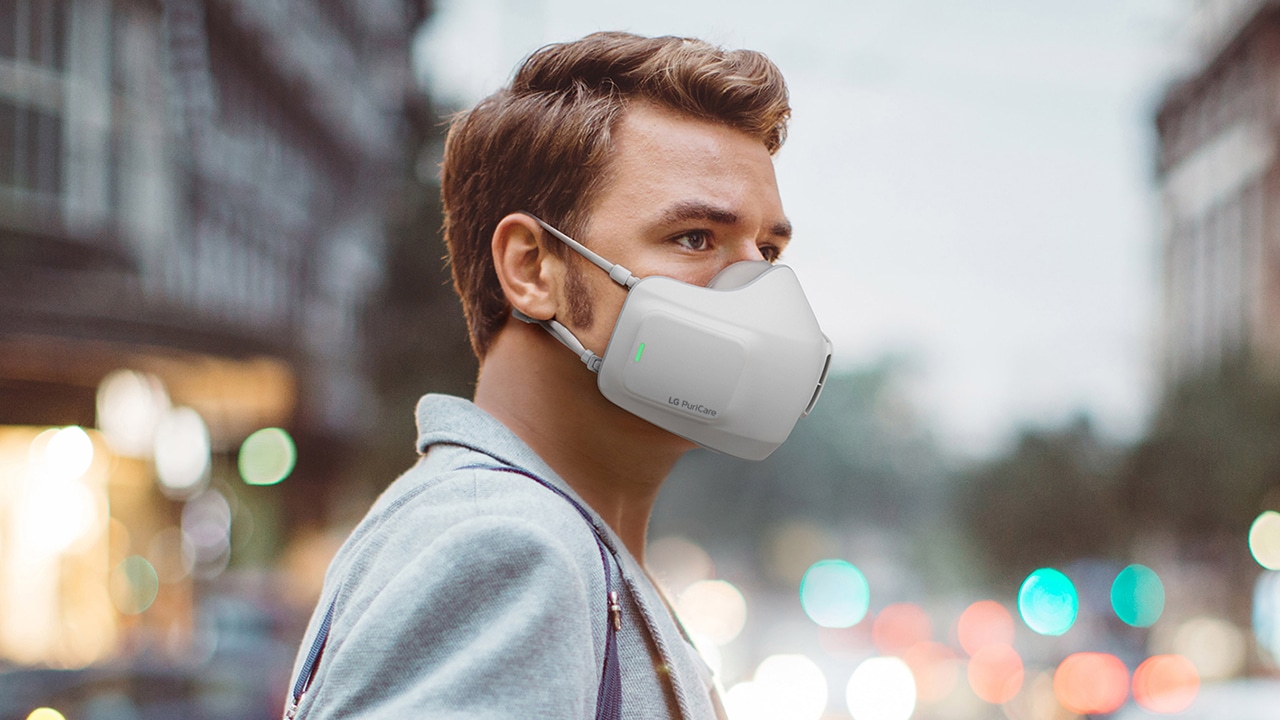
The LG PuriCare Wearable Air Purifier is your personal all-in solution for clean air. It provides thorough air protection with HEPA filters that filter out 99% of harmful particles for clean, fresh air. It has a Safety Certificate from the Korean Institute of Public Safety (KIPS), while virus removal, bacteria filtration, and pollen allergen removal performance was verified through an internal test conducted under the observation of TUV Rheinland Korea. The wearable air purifier has also been certified by the Korean Asthma Allergy Foundation (KAF) for the effective removal of allergens, and the National Radio Research Agency (EMF) for electromagnetic compatibility.
The Respiratory Sensor detects the cycle and volume of the wearer’s breathing, whereas DUAL Inverter Fans adjust the dual three-speed fans accordingly. Its seamless, organic design fits and seals to your face to minimize air leakage around the nose and chin, comfortable for everyday wear while minimizing air leakage. The material is made of medical-grade silicone. The design also makes it possible to wear the unit comfortably for hours on end.
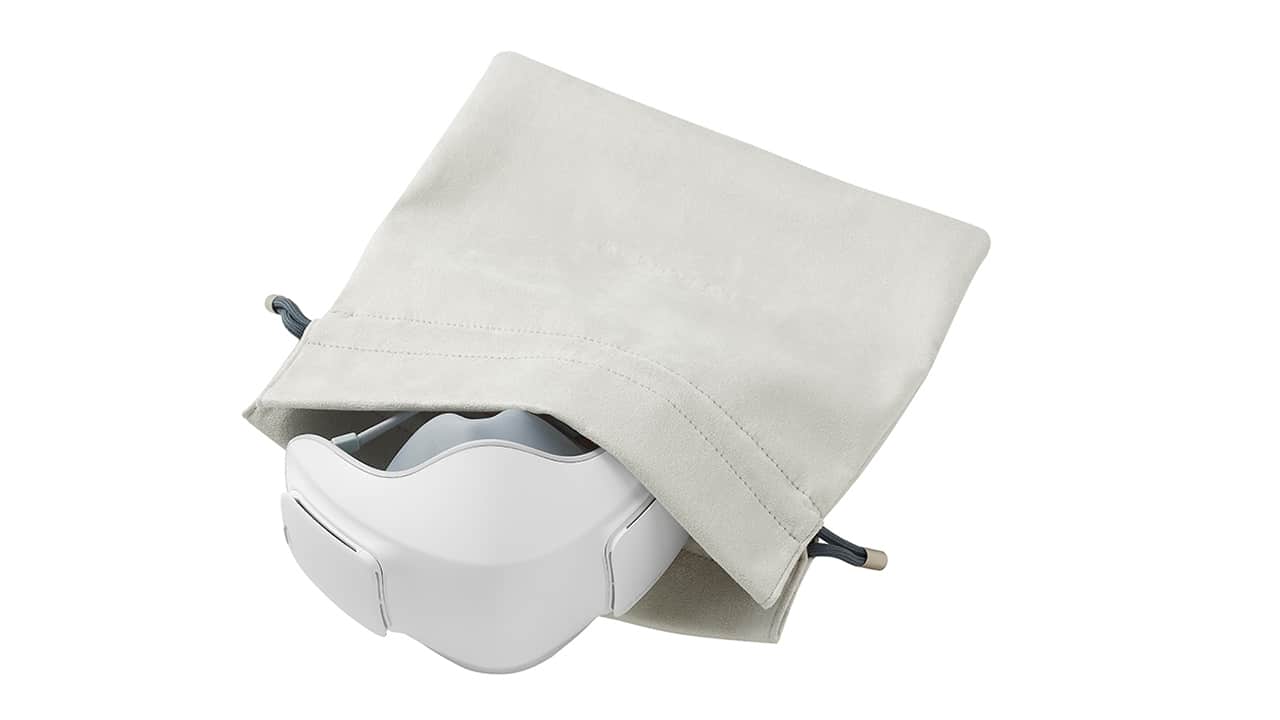
A separate charging case is also available. It can remove up to 99.99% of bacteria in 30 minutes using UVnano technology, including Escherichia coli, Pseudomonas aeruginosa, Klebsiella pnemoniae, Staphylococcus epidermidis, and Staphylococcus aureus. It also supports the use of the LG ThinQ app. With your smartphone, you can check usage history and the status of UVnano mode, Drying mode, and filter life with LG ThinQ. The LG PuriCare Wearable Air Purifier, together with its charging case, is the best way to be assured of clean air while on the go.
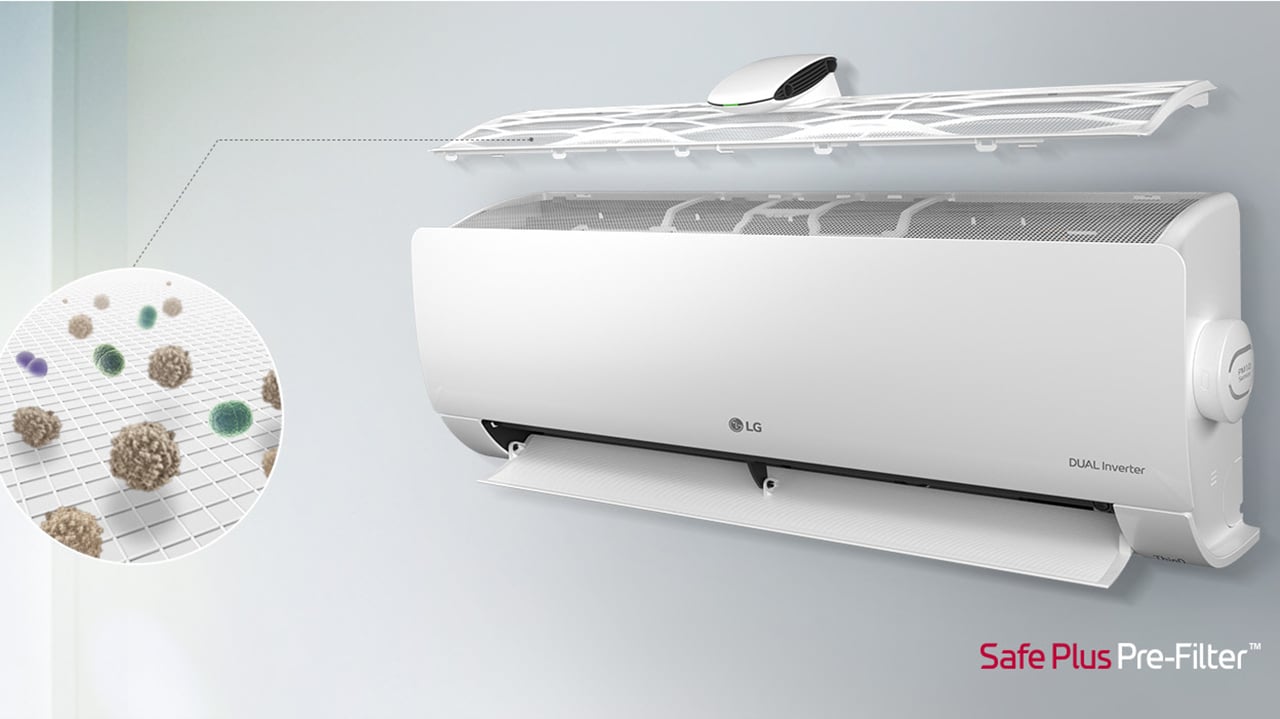
When you’re just staying at home, however, your best option for clean, pure air is LG’s new air conditioners that utilize the new Aircare Complete system, which is a multi-step filtration process with UVnano to reduce allergens and harmful bacteria to ensure the cleanliness of the air you breathe together with your family and loved ones. The first step of the process is the Safe Plus Pre-Filter, which traps big dust particles and remove 99.9% bacteria from the start.
Next is the Ultra-Fine Dust (HAF) filter that collects Particulate Matter (PM) 1.0 ultra-fine dust that is combined with (-) ion from Ion diffuser. After that is the Allergy Filter that reduces allergens with a filter for healthier air followed by the UVnano technology to keep your fan 99.99% bacteria-free for a cleaner breeze. The end result is clean, pure air in your home all day every day.
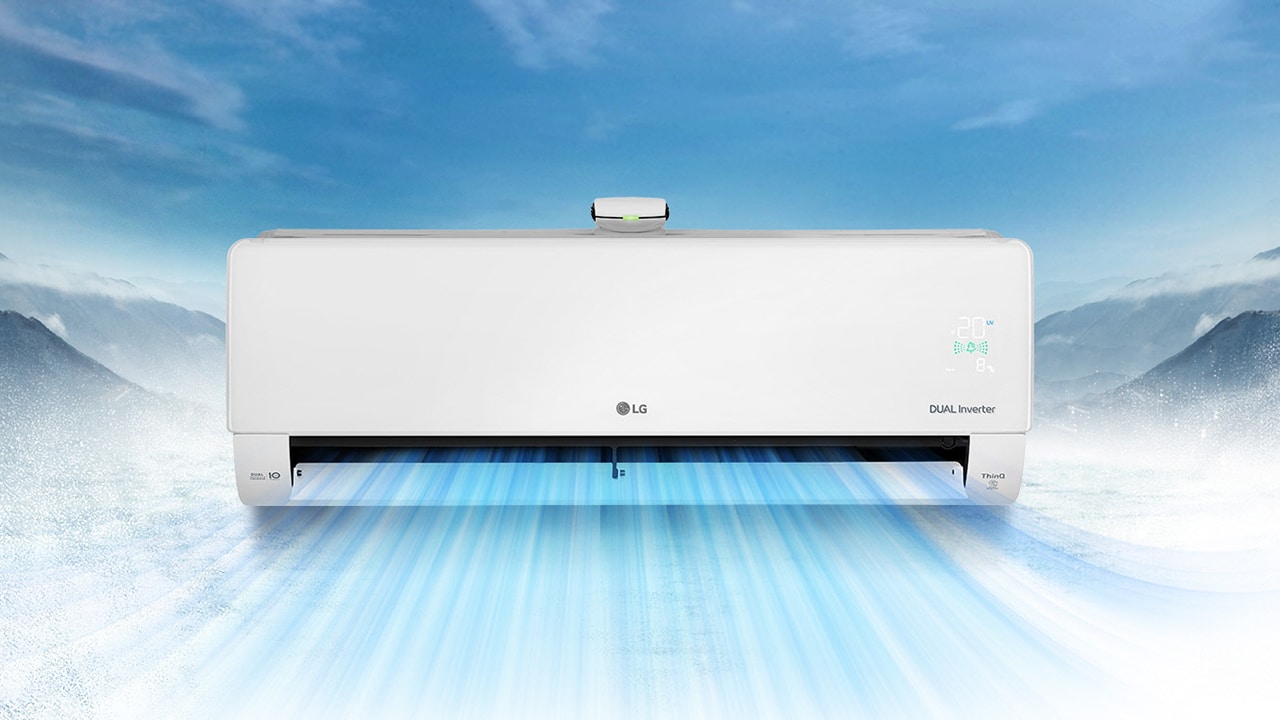
Another upcoming product to look out for is the LG PuriCare 360. A lot of air purifiers are available in the market right now but what makes LG’s special is because it is tested and certified by the British Allergy Foundation (BAF), Korea Air Cleaning Association (CA), and Korea Asthma & Allergy Association (KAF). PuriCare air purifiers remove over 90% of airborne allergens.
It has a unique purification method that promotes 360 degrees of clean air delivery, including areas low to the ground where infants and toddlers can reap the rewards. It has an exceptional multi-filter system that captures six different types of particles to deliver purer, cleaner air. True HEPA Filter traps 99.7% of particles as small as 0.3 microns while a deodorization filter removes living odor, smog, and airborne chemicals. It has a unique PM 1.0 sensor that detects contaminants in the air one micron or smaller in diameter.
More importantly, for families with newborns, the LG PuriCare 360° Air Purifier operates at whisper-quiet sound levels as low as 25dB.

The LG PuriCare Wearable Air Purifier’s retail price is PhP 8,699 and the UVnano charging case is at PhP 6,999; and the LG new line of Air Conditioners price starts at PhP 53,999. Both are now available on Lazada, Shopee, and other authorized dealers nationwide.


